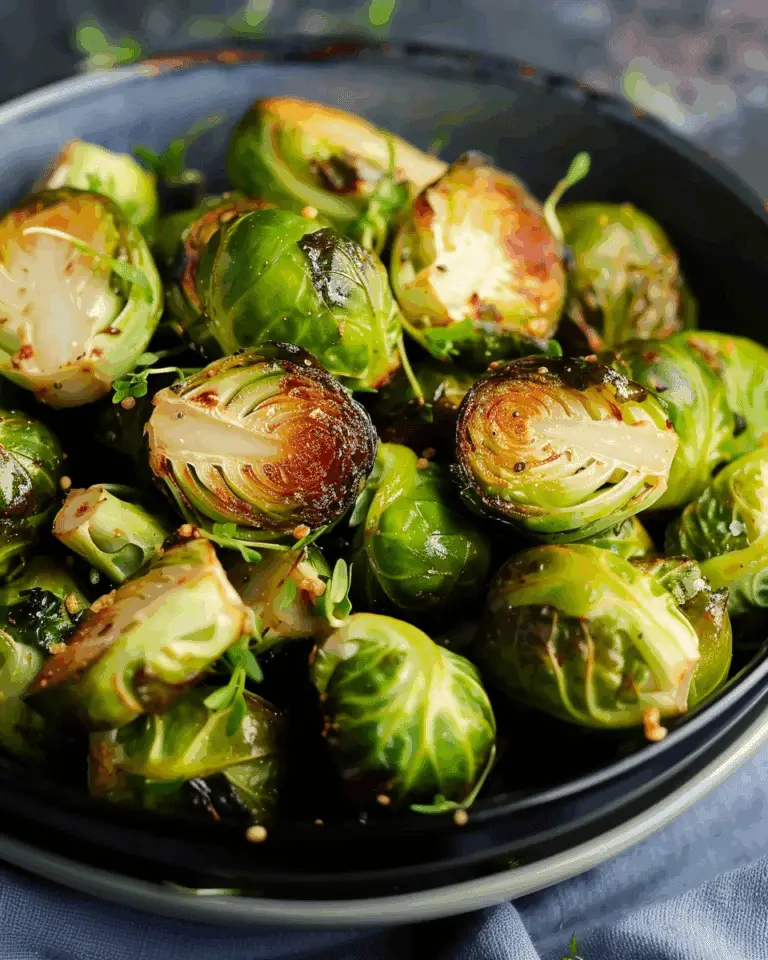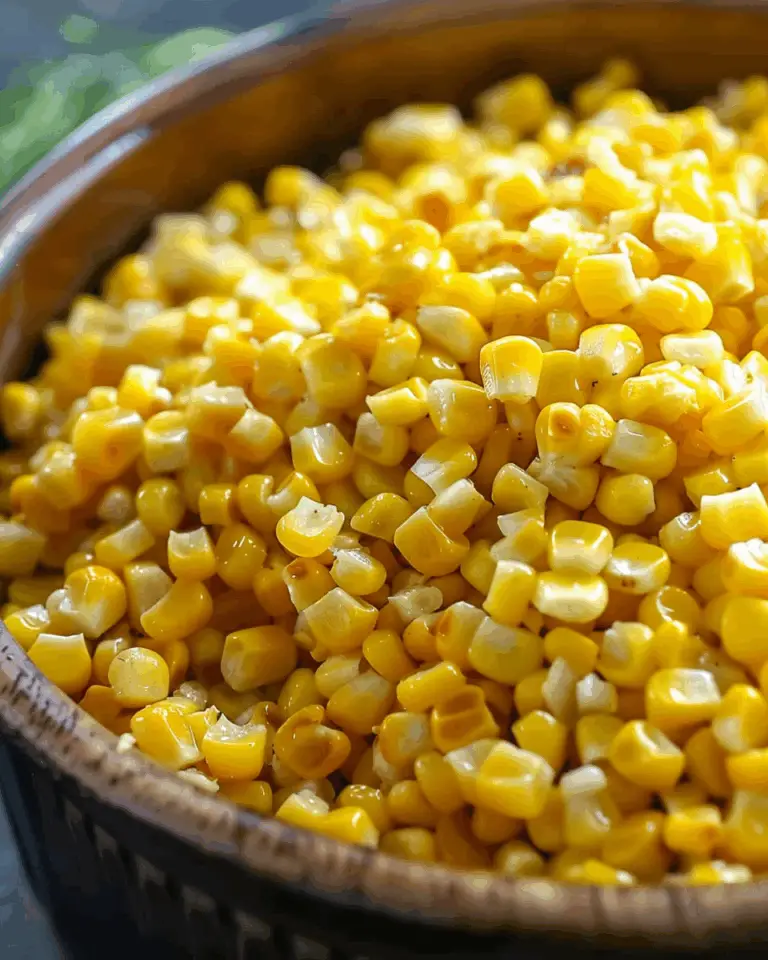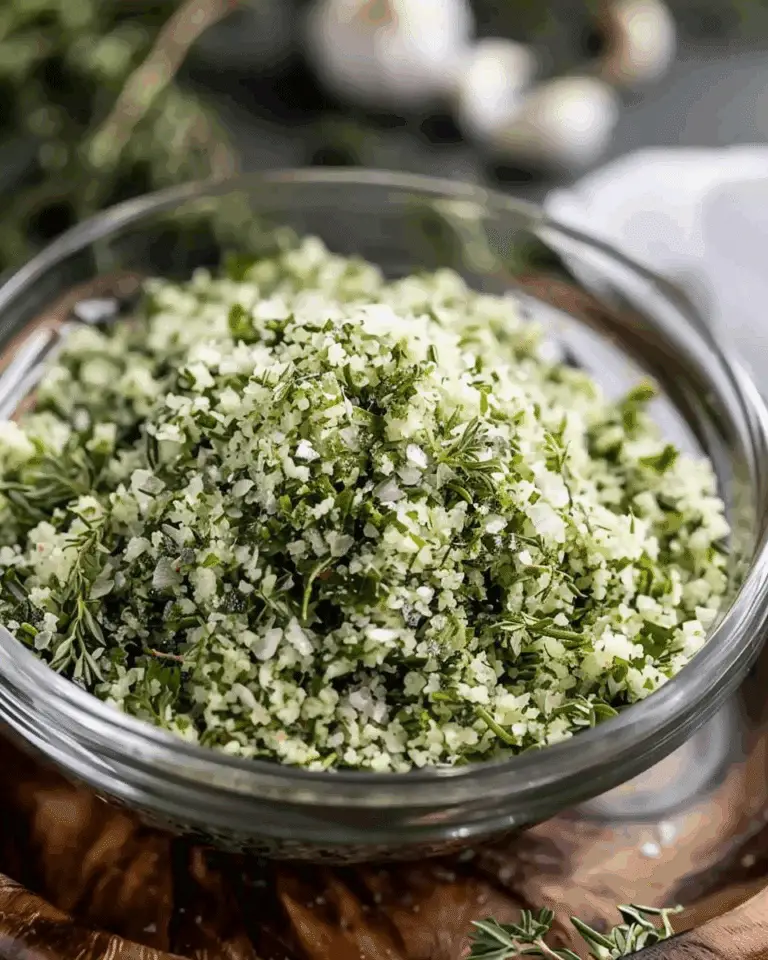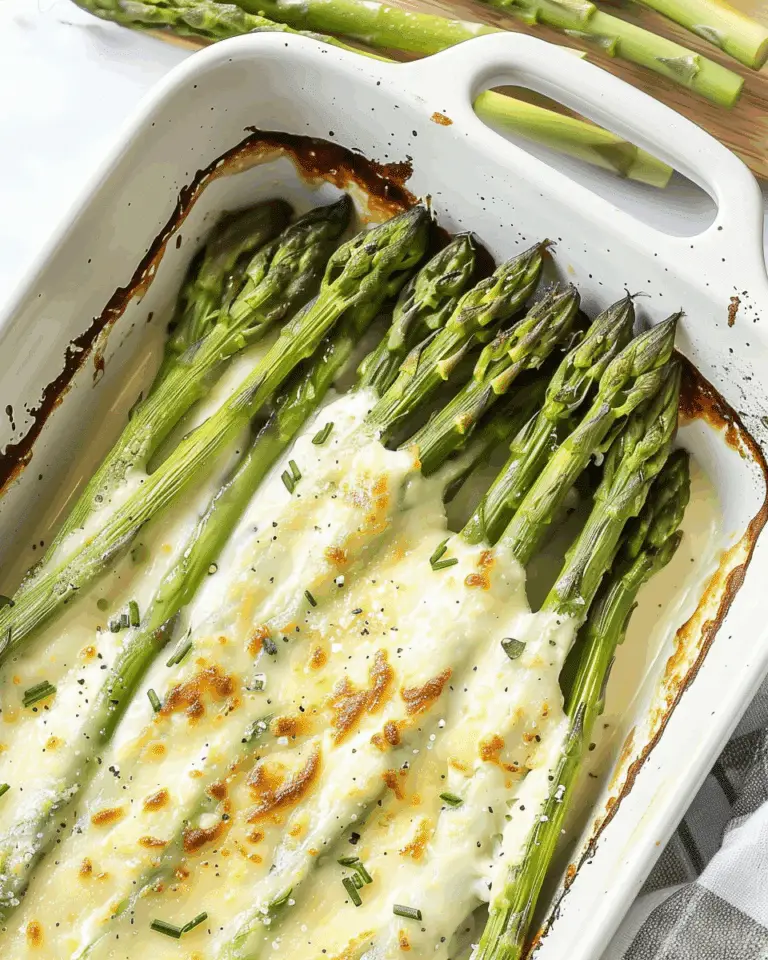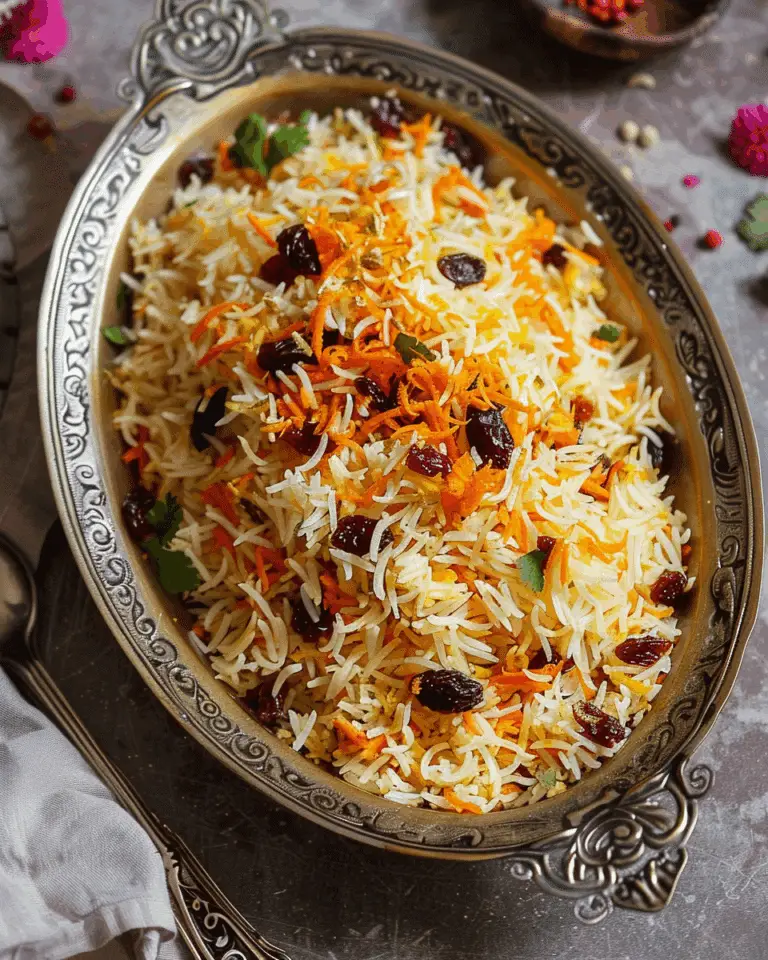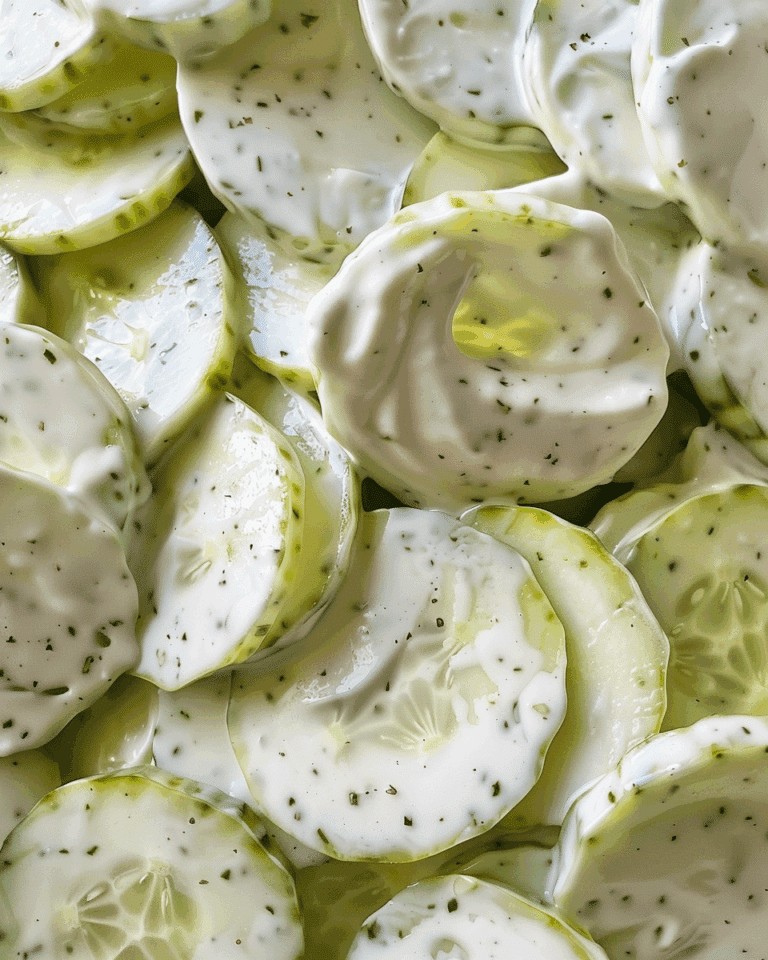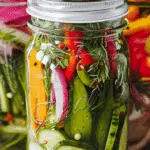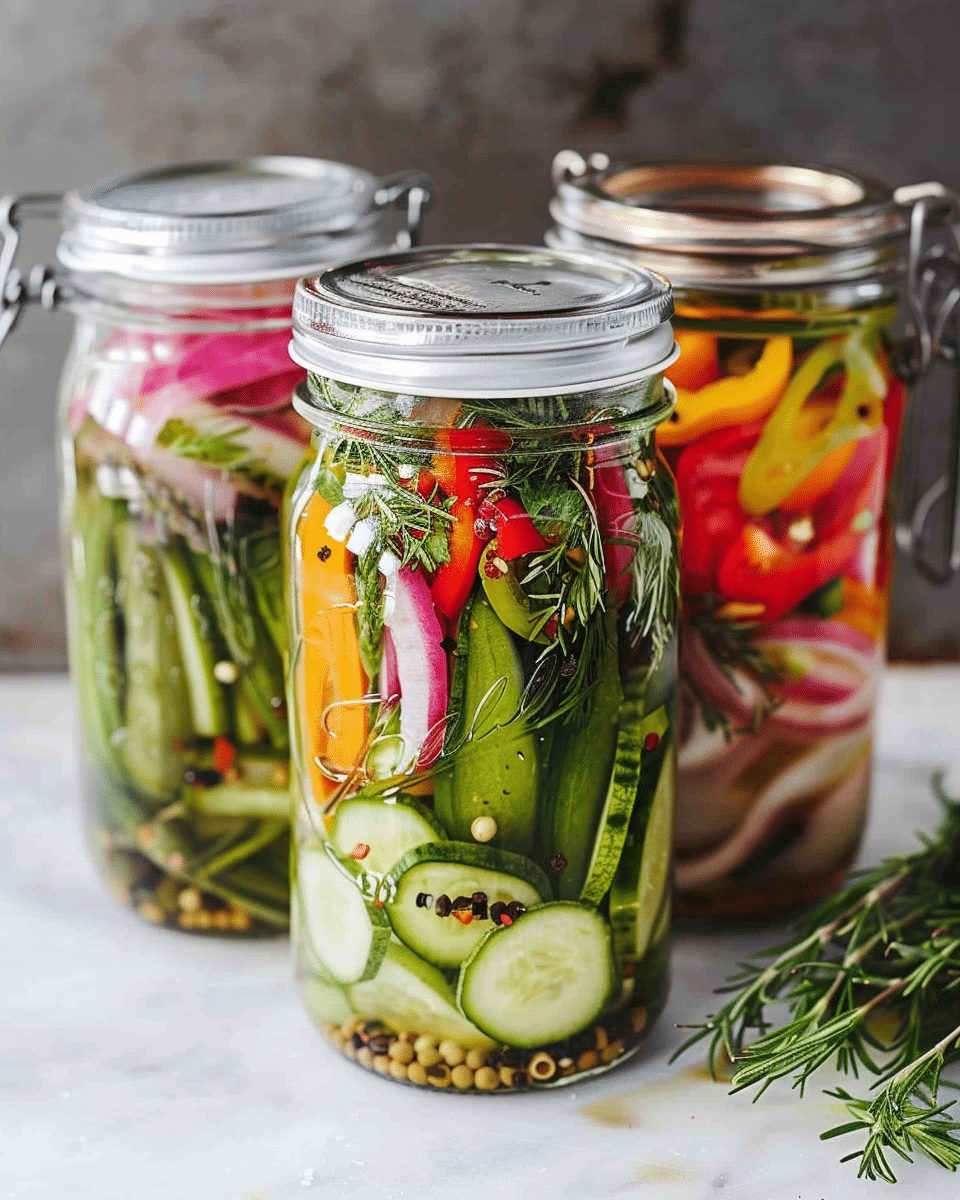
Why You’ll Love This Recipe
- Quick and accessible: No need for weeks of waiting get flavorful pickled vegetables in as little as 24 hours.
- Customizable and fun: Pick your favorite veggies and flavor combinations to create endlessly unique spicy, herby, or aromatic jars.
- Sustainable and health-conscious: Extends the shelf life of produce, reduces food waste, and brings added gut-friendly crunch to everyday meals.
Ingredients
(Tip: You’ll find the full list of ingredients and measurements in the recipe card below.)
- A mix of sturdy, crunchy vegetables like cucumbers, carrots, radishes, cauliflower, green beans, beets, asparagus, cabbage, or onions
- Pickling brine: vinegar (white or apple cider), water, salt (and optionally sugar)
- Pickling spices or aromatics such as garlic, fresh or dried herbs (thyme, rosemary, oregano), mustard seeds, peppercorns, coriander seeds, red pepper flakes, bay leaves, ginger, or turmeric
- A premixed pickling spice blend if preferred
Directions
- Sterilize clean jars with tight-fitting lids to ensure safe storage.
- Pack your chosen vegetables and any optional flavorings (like garlic or fresh herbs) into the jars.
- In a saucepan, combine vinegar, water (typically at a 1:1 ratio), salt, and optional sugar and spices. Heat until the salt (and sugar, if used) dissolves.
- Allow the brine to cool slightly, then pour it over the vegetables in the jars, fully submerging them. Seal tightly.
- Let the jars cool at room temperature, then refrigerate. The pickles will be ready to enjoy in 24–48 hours.
Servings and timing
- Prep time: Approximately 30 minutes
- Pickling time: Ready in 24–48 hours
- Perfect for making multiple jars at once for sandwiches, salads, snacks, or sides.
Variations
- Spice it up: Add red pepper flakes or sliced chilies for a fiery kick.
- Herbal freshness: Use fresh sprigs of dill, rosemary, thyme, or oregano for fragrant notes.
- Sweet & tangy: Include a bit of sugar in the brine for a sweeter profile.
- Colorful medley: Combine beets, cabbage, and carrots for a vibrant, rainbow-style jar.
Storage/Reheating
- Store your quick pickles in airtight jars in the refrigerator.
- They remain crisp and flavorful for several weeks perfect for adding zingy crunch to meals.
FAQs
Is this method the same as traditional fermented pickling?
No. Quick pickling uses vinegar and works in hours, while fermented pickling uses a salt brine and natural bacteria, requiring days to weeks for transformation.
Can I use any vinegar?
White vinegar is common, but apple cider vinegar adds a fruitier depth both work well.
Do I need to peel vegetables like beets?
Yes peeling and cutting into chunks helps them pickle evenly and stay crisp.
What’s the best jar to use?
Any clean jar with a tight lid works mason jars or repurposed food jars are ideal.
Can I reuse the brine?
Not recommended for pickling its preservative strength diminishes but it makes a flavorful addition to cocktails or dressings.
How do I keep the pickles crunchy?
Use firm vegetables, sterilize jars well, and refrigerate promptly. The cold preserves crispness.
Are quick pickles healthy?
Yes they retain a lot of nutrient crunch and can be great for digestive health, though they don’t contain probiotics like fermented versions.
Can I pickle soft vegetables like zucchini?
Better to focus on heartier vegetables that retain texture. Soft veggies may become mushy.
Can I add fresh herbs directly in the jar?
Absolutely herbs like dill, oregano, or thyme infuse delightful flavor during pickling.
Can I make half brine and half vinegar?
Yes, but aim for at least a 1:1 vinegar-to-water ratio for effective preservation.
Conclusion
Quick pickling vegetables is a delightful, efficient, and creative way to add tangy crunch to your meals while reducing food waste. With minimal effort and fast results plus endless flavor possibilities this technique becomes a fun and sustainable kitchen staple.
Print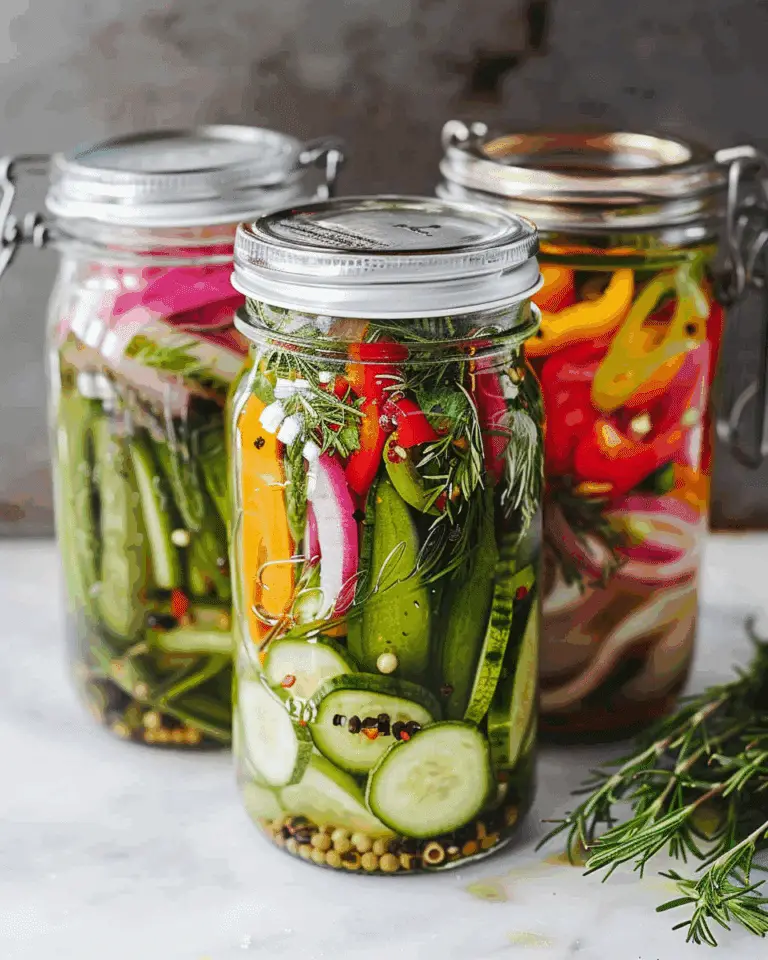
Pickling Vegetables
A simple guide to quick pickling vegetables at home using a vinegar-based brine. Transform everyday produce into tangy, crunchy pickles in under 30 minutes, ready to enjoy within 1–2 days.
- Total Time: 35 minutes (+24–48 hours resting time)
- Yield: 4 cups of pickled vegetables (varies by jar size)
Ingredients
Assorted vegetables (cucumbers, carrots, radishes, cauliflower, green beans, beets, asparagus, cabbage, onions)
2 cups vinegar (white or apple cider)
2 cups water
2 tablespoons salt
1 tablespoon sugar (optional)
Optional aromatics: garlic cloves, fresh herbs (dill, rosemary, thyme, oregano), mustard seeds, peppercorns, coriander seeds, red pepper flakes, bay leaves, ginger, turmeric
Pickling spice blend (optional)
Instructions
- Sterilize clean jars with tight-fitting lids.
- Pack chosen vegetables and optional aromatics into jars.
- In a saucepan, combine vinegar, water, salt, sugar (if using), and spices. Heat until dissolved.
- Cool the brine slightly, then pour over vegetables in jars, fully submerging them.
- Seal jars, let cool at room temperature, then refrigerate. Pickles will be ready in 24–48 hours.
Notes
Use firm vegetables for best texture.
Quick pickles differ from fermented pickles they rely on vinegar, not natural bacteria.
Do not reuse brine for pickling; instead, use it in dressings or cocktails.
Soft vegetables like zucchini may turn mushy; stick to sturdier options.
Flavor can be adjusted with fresh herbs, chili flakes, or added sugar.
- Prep Time: 30 minutes
- Cook Time: 5 minutes
- Category: Condiment
- Method: Quick Pickling
- Cuisine: Global
- Diet: Vegan
Nutrition
- Serving Size: 1/2 cup
- Calories: 25
- Sugar: 2g
- Sodium: 290mg
- Fat: 0g
- Saturated Fat: 0g
- Unsaturated Fat: 0g
- Trans Fat: 0g
- Carbohydrates: 5g
- Fiber: 2g
- Protein: 1g
- Cholesterol: 0mg

